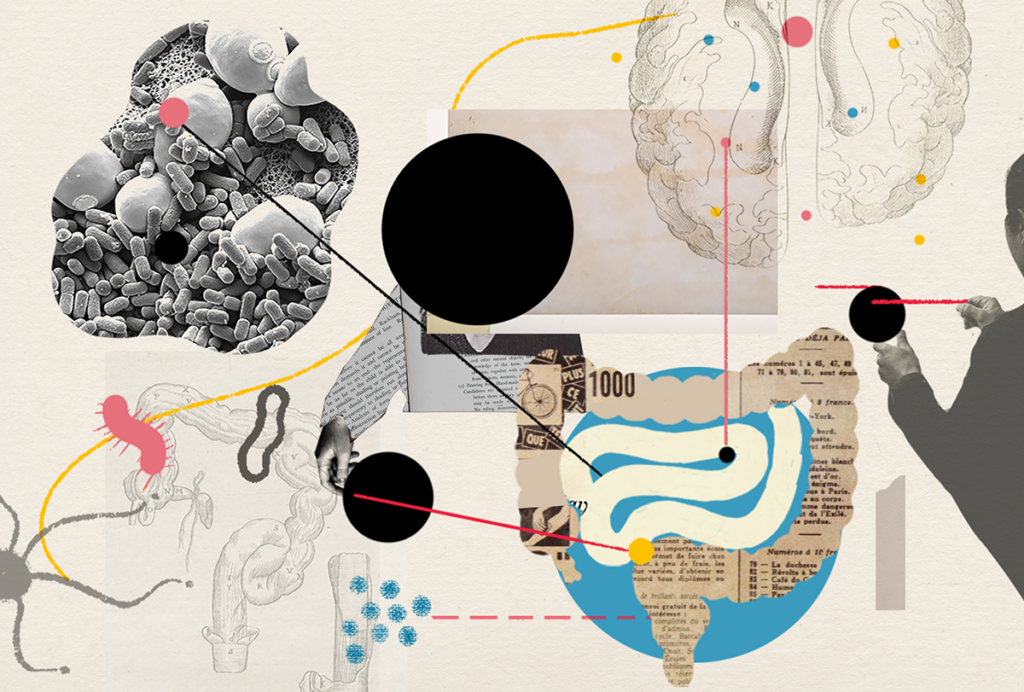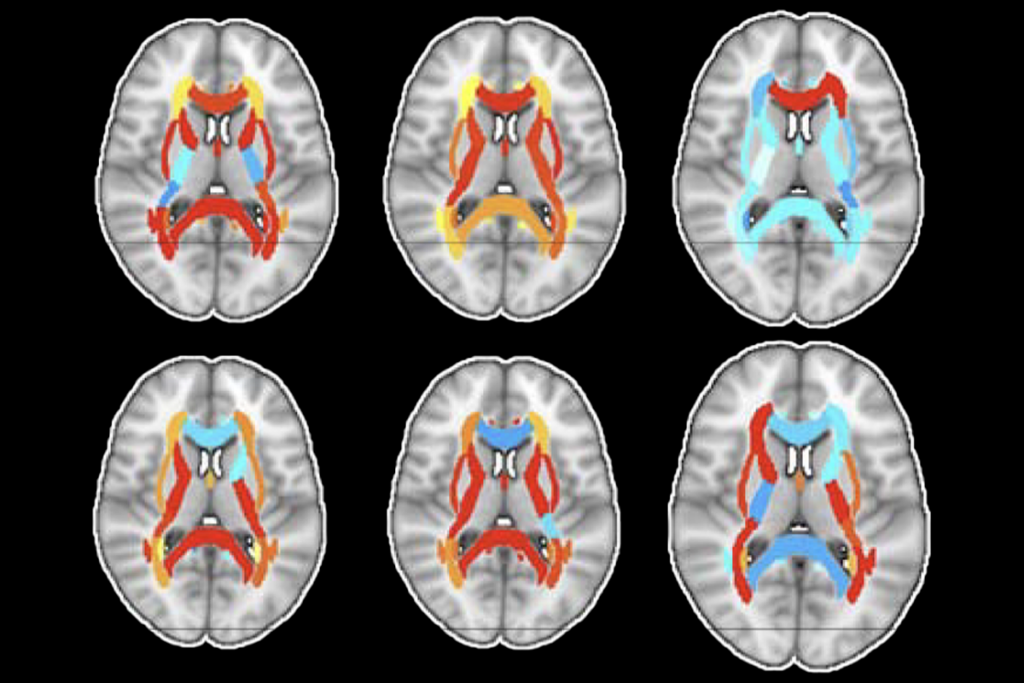Survey switch may explain rise in new autism stats
About 1 in 45 children in the U.S. have autism, up 79 percent from the estimate for 2013. But there is more to the apparent jump in diagnoses than meets the eye.
About 1 in 45 children in the U.S. have autism, according to the latest estimate from the U.S. Centers for Disease Control and Prevention (CDC). The new figure represents a 79 percent increase from the estimate for 2013. It is based on a parent survey designed to track the prevalence of developmental disorders in children aged 3 to 17 years.
But there is more to the apparent jump in autism than meets the eye.
The 2014 survey asked parents about autism and then about developmental delay — the opposite of the order used in the surveys from 2011 to 2013. The researchers experimented with switching the questions because they suspected the original sequence had skewed their results.
“We’re always reevaluating our survey to make sure we’re accurately capturing the population of interest,” says lead researcher Benjamin Zablotsky, senior service fellow with the CDC’s National Center for Health Statistics.
The 2011-2013 surveys yielded a prevalence estimate of 1 in 80. A different method for tracking prevalence, which is based on medical and education records instead of parent surveys, puts the figure closer to 1 in 68. Zablotsky and his colleagues tweaked the survey to see whether doing so would make their results better align with that “gold-standard” estimate.
“We think there were children in 2011 whose parents said ‘yes’ to the question about developmental delay because they hadn’t yet said ‘yes’ to the question about autism,” he says. As a result, in that year, prevalence rates of autism would be artificially deflated.
The new data support this theory. Although the autism rate appeared to rise 79 percent over the three-year period, the rate of developmental delay dropped 36 percent.
The combined rate of children diagnosed with autism, developmental delay and intellectual disability did not change over the three years. This unchanging statistic suggests that children who were once tagged as having developmental delay or intellectual disability are now being identified as having autism.
“I think one of the take-home messages is that it really does matter how you ask these questions,” says Zablotsky. “We do believe that the 1 in 45 estimate is accurate and reliable.”
Recommended reading

Going against the gut: Q&A with Kevin Mitchell on the autism-microbiome theory

Constellation of studies charts brain development, offers ‘dramatic revision’
Explore more from The Transmitter

How will neuroscience training need to change in the future?


